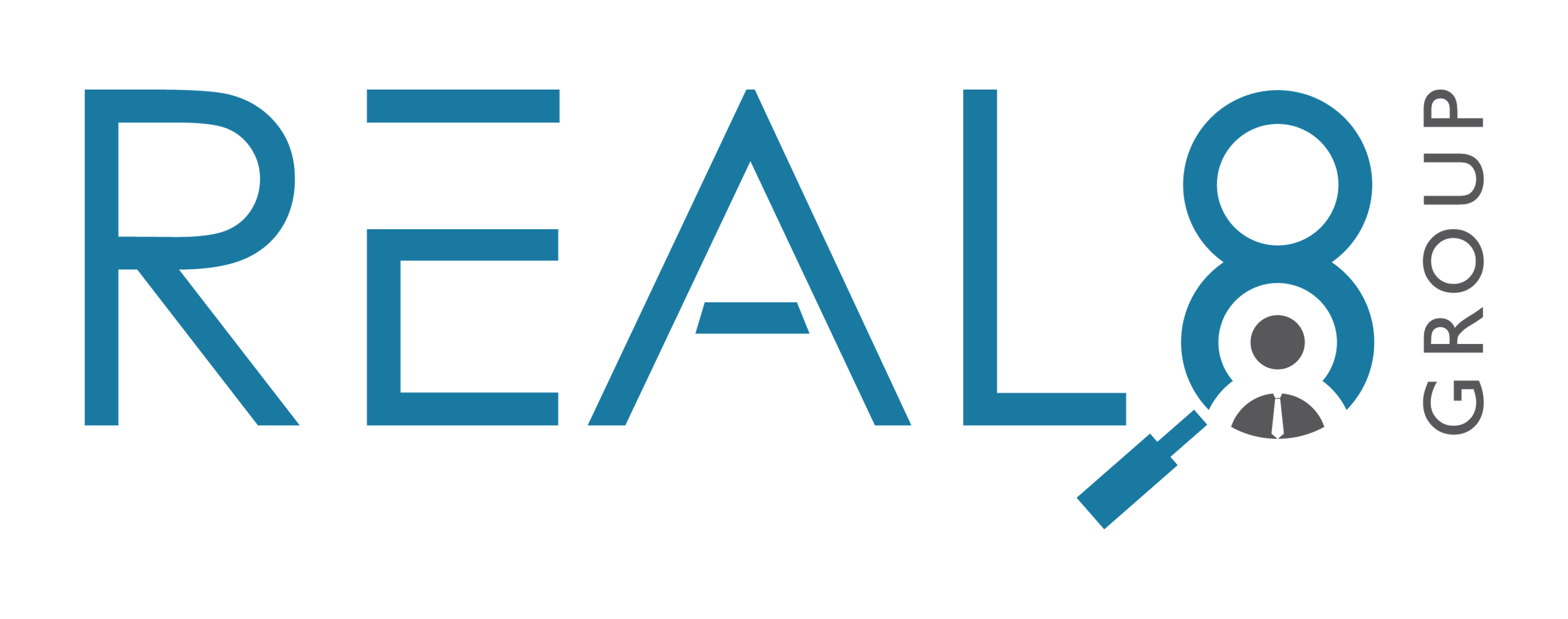A manager plays many roles: authority figure, trainer, mentor, advocate, coach, counselor, etc. The roles can switch by the minute. All the while employees watch their managers to understand appropriate behavior and job performance. Employees follow the examples managers set, but managers must also verbalize their expectations for employee performance.
When it comes to addressing job performance, two roles a manager can play are: coach and counselor. While many people and publications use the terms coaching and counseling interchangeably, these activities are distinctly different. Understanding how and when to use these employee performance activities will help you be a better manager. You’ll be able to tailor your actions to each employee’s needs.
What is employee coaching?
Coaching happens when a manager equips and encourages an employee who is already performing well to reach an even higher level of performance. The employee gets the job done, but the manager sees how the employee can do better. With some feedback and guidance, the manager sets up the employee to achieve more.
Coaching is a forward-looking activity. The manager is happy with the status quo yet sees a future where the situation is even better. Coaching the employee is how the manager makes that desired future state a reality.
Here’s an example. An automobile sales manager notices that his top-performing seller almost always closes the deal when selling to men. However, the salesman’s conversion rate with women is on par with the rest of the sales force. The sales manager coaches the employee by praising him for his success with men and by giving tips on how to better relate to female customers. The sales manager wants the salesman to continue his success and perform beyond normal expectations.
What is employee counseling?
Managers counsel employees when performance is not meeting expectations. The employee needs to improve in order to meet minimum standards for job performance. If performance does not improve, the employee will not be successful in the job.
Counseling is a backward-looking activity. The employee must come to terms with his or her substandard performance. Together the manager and employee make a plan to improve the employee’s performance. As necessary for the situation, the manager provides feedback, instruction, guidance, and direction to rectify the situation. The employee offers input to the performance improvement plan and is ultimately responsible for carrying out that plan. The end goal of the plan is to raise the employee’s performance to an acceptable level.
Differences between coaching and counseling
Though these concepts are both attempts to improve employee performance, coaching and counseling are different in two key ways:
- Forward-looking vs. backward-looking. Coaching accepts existing performance and looks forward to even better performance from the employee. Counseling looks back at unacceptable performance to instruct an employee to reach satisfactory performance in the future.
- Current employee performance. Managers coach employees who are performing well. They counsel employees who are performing below acceptable standards.
Your role as a manager
As you manage employees over time, you’ll find yourself coming back to the common roles of coach and counselor. Your job is to get the best performance you can out of your employees. Coach your high performers, and counsel your low performers. When you do these things, you put your team on the path of improvement.

